Explaining Social Movement Outcomes: Multiorganizational Fields and Hate Crime Reporting
Social movement organizations and nonprofit organizations can affect local communities in numerous ways, some of which are intended and some of which are unintended. Assessing the influence of these organizations is complicated because the effect that an organization has on a community depends in part on the attributes of the community in which it is embedded. This article draws attention to the importance of multiorganizational fields in determining social movement consequences through an analysis of hate crime enforcement and reporting in U.S. counties. Qualitative Comparative Analysis (QCA), in combination with more traditional statistical techniques, identifies fifteen configurations of variable attributes that almost always result in reported hate crimes. The analysis shows how measures of civil rights activism, political opportunities, grievances, and multiorganizational fields combine in local settings to produce hate crime reporting with near certainty. Results indicate that the resourcefulness, heterogeneity, and funding sources of the nonprofit sector play a key role in determining whether hate crimes are reported.

